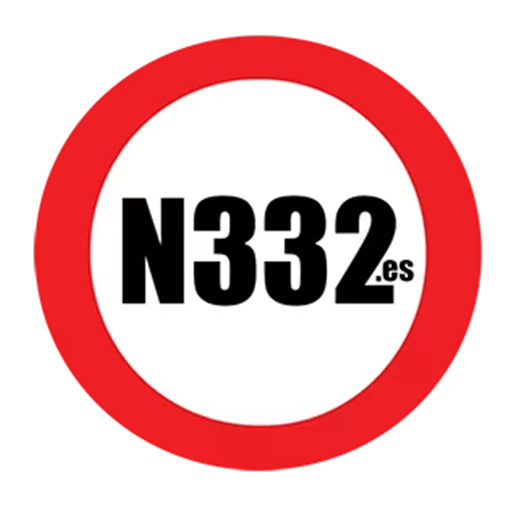The high level of danger associated with hazardous materials transported by road imposes limitations on their transport, including the routes that can be used, the schedules, the requirements for drivers responsible for transporting them, and the mandatory signage for vehicles moving them.
The worst road accident involving the transport of dangerous goods in Spain occurred in 1978. 243 people died and more than 300 were seriously injured. A tanker truck loaded with liquefied propylene exploded as it passed through the Alfaques campsite in Tarragona. Fortunately, the transport of dangerous goods by road is now subject to restrictions to prevent tragedies like this.
Restricting these types of freight trips to high-capacity roads and away from urban or environmentally protected areas; reducing travel times; requiring clear identification of containers and vehicles; and requiring special qualifications for drivers are some of these restrictions.
Type of accident
Depending on the conditions of the accident, they are classified into five types, ranging from type 1—in which there is no derailment or leak—to type 5, in which the contents explode and the container is destroyed.
Regarding the situations that may arise, depending on the resources needed to control them and the risk to people or the environment, they are divided into four categories (from 0 to 3). The most common and least difficult to address, situation 0, can be controlled by available resources and poses no risk to third parties, the environment, or property outside the road network. At the other extreme, situation 3 requires the coordination of own resources and the State Plan and must be declared by the Ministry of the Interior.
There are accidents that, according to the ADR, must be reported to Civil Protection. In 2022, 55 freight transport accidents were recorded by the General Directorate of Civil Protection and Emergencies (DGPCE). Of these, 66.2% were type 0 emergencies. And of the 706 road accidents reported between 2013 and 2022, 76% did not require protective measures for the population. In 60.9% of the cases during that decade, tanker trucks were involved.
Recommendations
Drivers should take extreme precautions when driving on and near these vehicles: increasing the safety distance when driving behind them and taking extra care when overtaking are the main recommendations.
If you notice a leak, you should: notify the driver and call 112; avoid any type of intervention you are not familiar with; refrain from smoking; or move away from the scene to facilitate the arrival and operation of the emergency services, while always trying not to disrupt traffic.
In open spaces, it’s important to avoid standing downwind, and at home, you should close doors and windows, lower blinds, connect a battery-powered radio, and follow any instructions from emergency services.
Discover more from N332.es - Driving In Spain
Subscribe to get the latest posts sent to your email.
